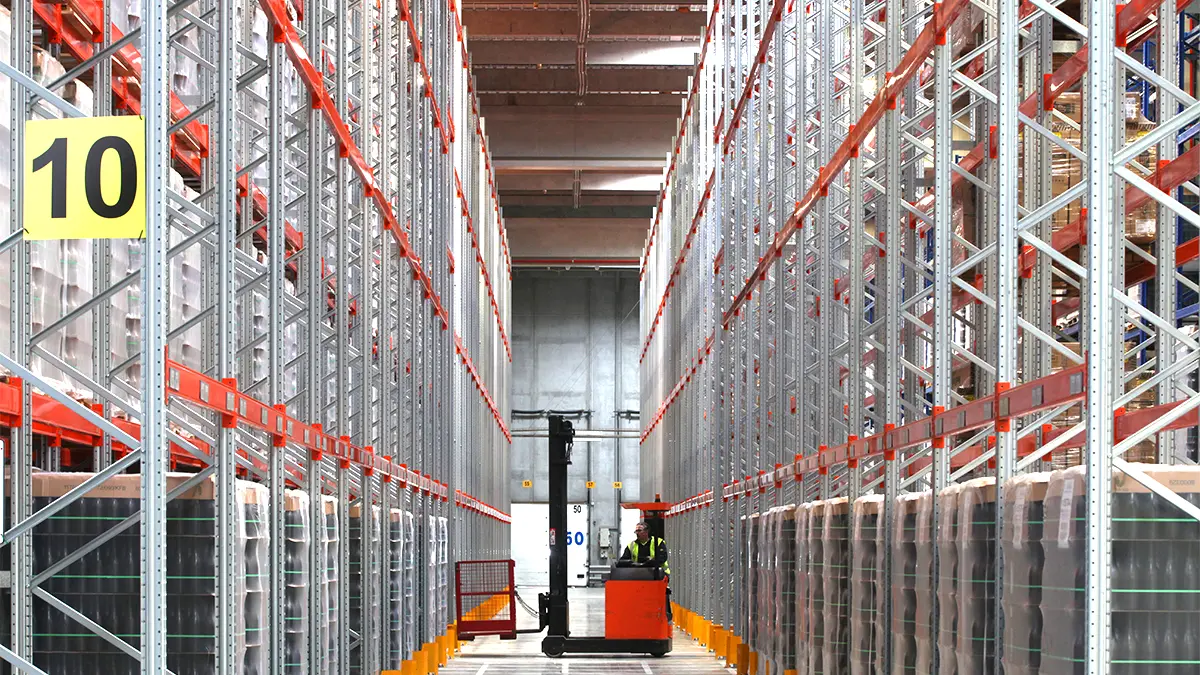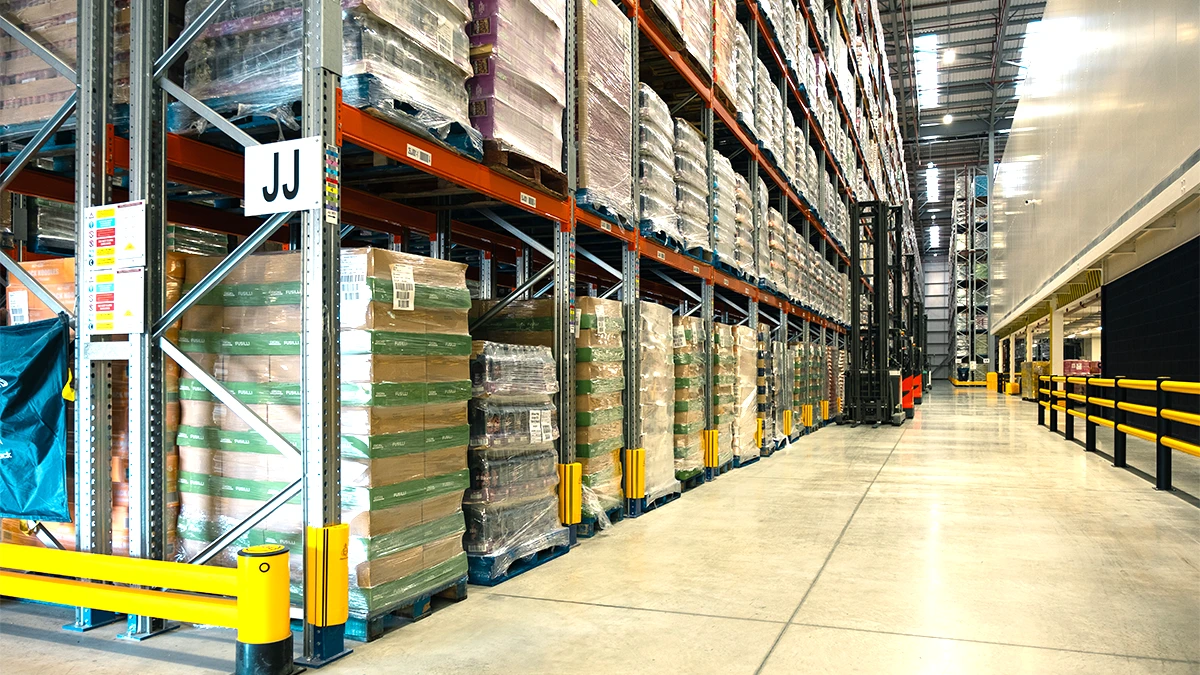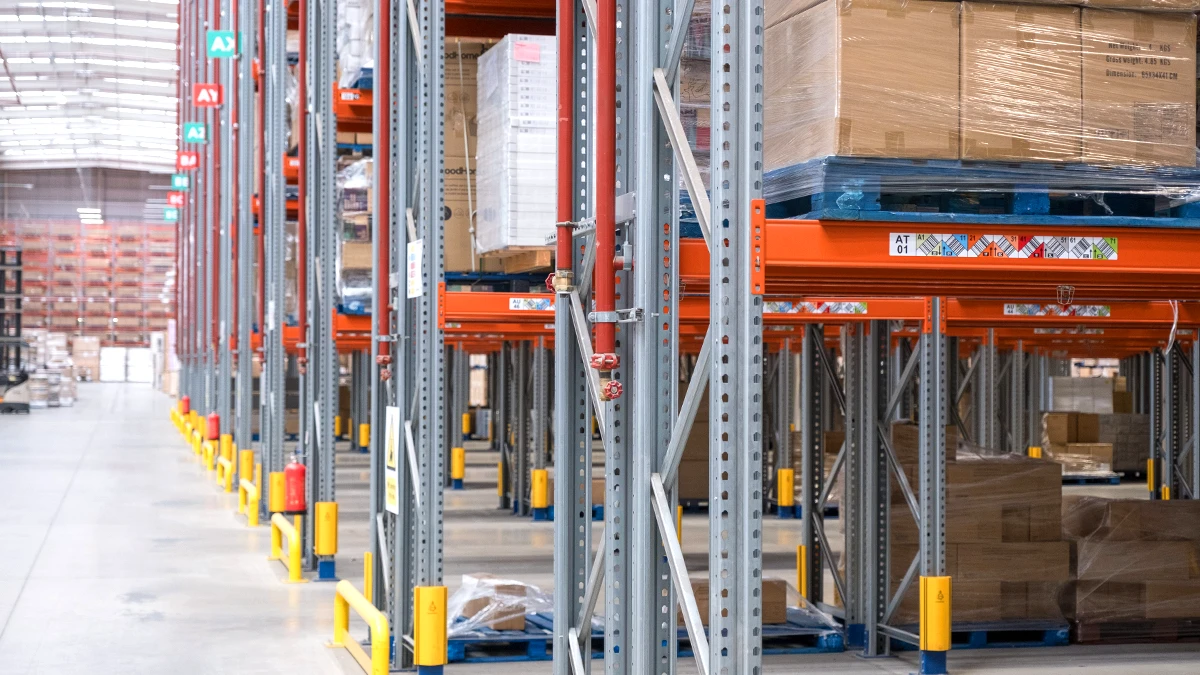In today’s business world, integrated logistics has become an essential component for ensuring the efficiency and competitiveness of organisations. This holistic approach to logistics not only encompasses the transportation and storage of goods but also integrates all activities related to supply chain management. In this article, we will explore the principles, functions and importance of integrated logistics, as well as the relevance of racking systems in this context and how to implement it effectively.
Principles of Integrated Logistics
Integrated logistics is defined as the coordinated and efficient management of all logistics activities within an organisation. The fundamental principles governing it include:
Coordination and synchronisation:
It is crucial that all logistics activities are perfectly coordinated and synchronised to avoid delays and optimise the flow of goods and services.
Flexibility and adaptability:
The ability to adapt to changes in demand and in the business environment is vital for maintaining logistics efficiency.
Efficiency and resource optimisation:
Integrated logistics seeks to maximise the use of resources, minimising costs and delivery times.
Holistic vision of the logistics process:
It is important to have a global view of all logistics activities to identify areas for improvement and ensure efficient management.
Functions of Integrated Logistics
Integrated logistics encompasses a series of key functions that are essential for the efficient operation of the supply chain. Below, we delve into each of these functions:
Inventory management
Stock or inventory management is a critical function within integrated logistics. It involves the control and monitoring of inventory levels to ensure that there is enough stock to meet demand without incurring excess that could lead to additional costs. Main activities include:
- Stock control: Constant monitoring of inventory levels to avoid shortages or excesses.
- Inventory turnover: Implementation of strategies to ensure that products move efficiently and the risks of obsolescence are minimised.
- Inventory optimisation: Use of techniques such as Just-in-Time (JIT) to reduce storage costs and improve efficiency.
Transport and distribution
Transport and distribution are fundamental to ensuring that products reach customers in a timely and efficient manner. Main activities include:
- Route planning: Designing optimal routes to minimise delivery times and transport costs.
- Fleet management: Supervision and maintenance of the vehicles used for transporting goods.
- Shipment tracking: Use of tracking technologies to monitor shipment progress and ensure on-time deliveries.
Storage
Efficient storage is crucial for integrated logistics, as it directly affects accessibility and product organisation. Main activities include:
- Warehouse design: Planning storage space to maximise efficiency and facilitate product access.
- Location management: Assigning specific locations for each product within the warehouse to improve organisation.
- Storage technologies: Implementation of automated systems and advanced technologies to improve storage efficiency.
Order processing
Order processing is an essential function to ensure that customer orders are handled quickly and accurately. Main activities include:
- Order reception: Capturing and recording customer orders.
- Order preparation: Picking and packing products for shipment.
- Returns management: Efficient processing of returns and product exchanges.
Customer service
Customer service is a key function to guarantee customer satisfaction and loyalty. Main activities include:
- Customer support: Providing assistance and support to customers to solve problems and respond to enquiries.
- Complaint management: Efficient handling of complaints and issues to ensure customer satisfaction.
- Continuous improvement: Implementing strategies to continually enhance the quality of customer service.
Technology and automation in logistics
Technology and automation play a crucial role in improving the efficiency and accuracy of logistics operations. Main activities include:
- Warehouse Management Systems (WMS): Implementation of advanced software to manage and optimise warehouse operations.
- Tracking technologies: Use of technologies such as RFID and GPS to monitor shipment progress and improve supply chain visibility.
- Process automation: Implementation of automated systems to reduce manual intervention and improve operational efficiency.
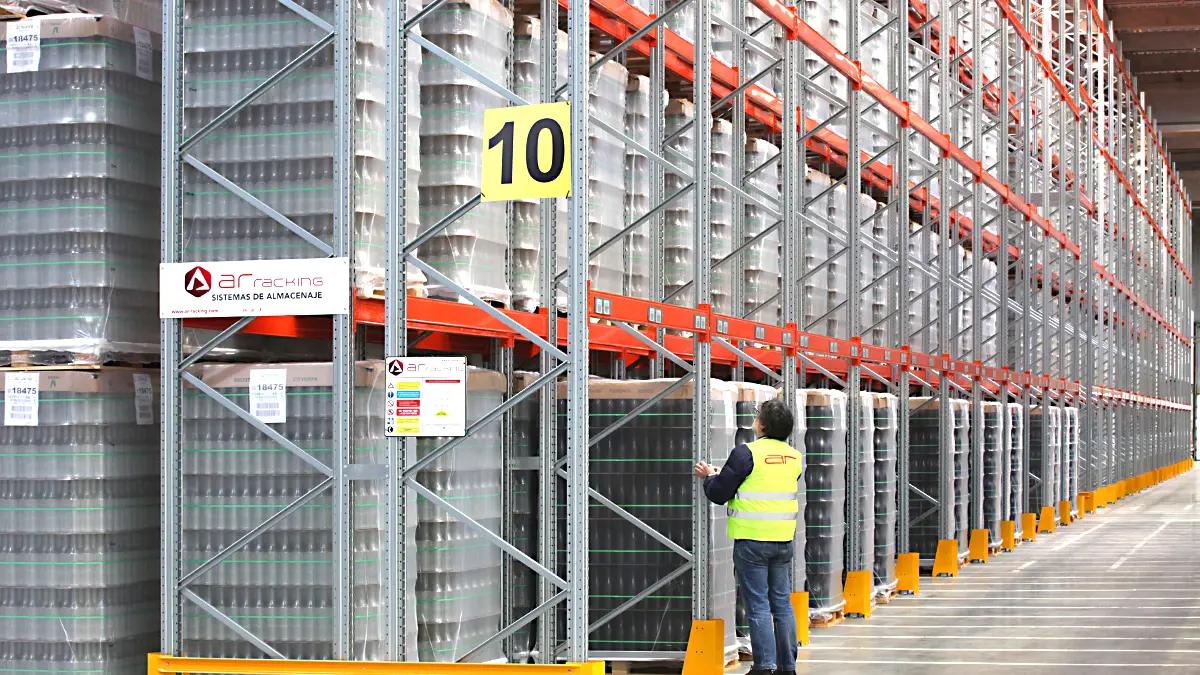
Importance of Integrated Logistics
Integrated logistics is essential for business success for several reasons. Below, we delve into its importance:
Impact on business competitiveness
Efficient logistics management can be a key differentiator in a competitive market, as companies that manage to optimise their logistics processes can offer better delivery times, reduce costs and improve customer satisfaction, enabling them to stand out from the competition.
Reduction of operational costs
Optimisation of logistics processes can lead to a significant reduction in costs, as improving efficiency in transport, storage and inventory management enables companies to reduce unnecessary expenses and increase profit margins.
Improvement in customer satisfaction
On-time deliveries and efficient customer service increase customer satisfaction and loyalty. Integrated logistics allows companies to meet customer expectations and thus offer quality products at the right time.
Increase in efficiency and productivity
Coordination and optimisation of logistics activities increase operational efficiency. By integrating all logistics functions, companies can eliminate redundancies, improve communication and increase productivity.
Adaptation to market and demand changes
The flexibility and adaptability of integrated logistics allow companies to respond quickly to market changes. This is especially important in dynamic environments where demand can vary significantly. The ability to quickly adjust logistics processes ensures that companies can efficiently meet market needs.
Industrial racking systems in the supply chain
Racking plays a fundamental role in integrated logistics, as it directly affects the efficiency of storage and the accessibility of products. There are several types of racking systems, each with its own advantages:
- Adjustable Pallet Racking: Provides direct access to each pallet, ideal for warehouses with a wide variety of products.
- Double-Deep Pallet Racking: Increases storage capacity due to the possibility of storing two pallets in depth.
- Live Storage Pallet Racking (FIFO): Uses rollers to facilitate pallet movement, ideal for high-turnover products.
- Mobile Pallet Racking: Mounted on mobile bases, they maximise space usage by eliminating fixed aisles.
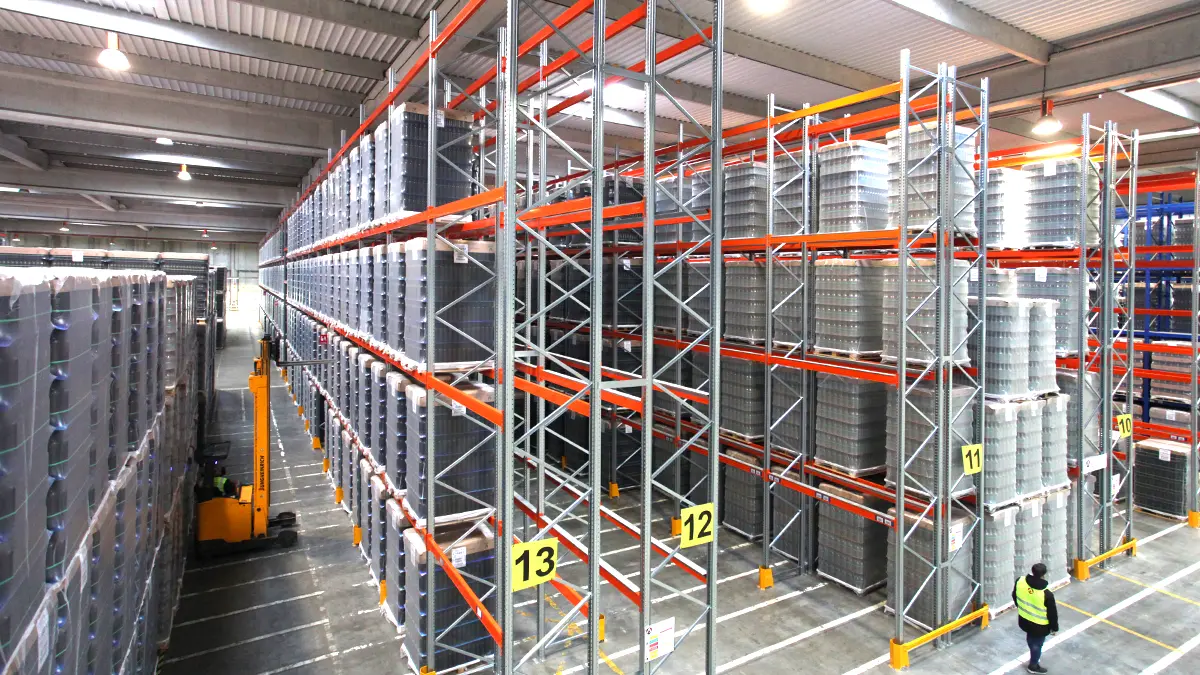
The advantages of using appropriate racking systems include space optimisation, improved accessibility and organisation, and increased storage efficiency. When choosing racking systems, it is important to consider the type of products, storage volume and available space.
How to implement integrated logistics?
Implementing integrated logistics in an organisation requires a strategic and well-planned approach. Key steps include:
- Initial evaluation and diagnosis: Conduct a thorough analysis of current logistics operations to identify areas for improvement.
- Strategic plan design: Develop a detailed plan that includes objectives, strategies and resources needed to implement integrated logistics.
- Selection of technologies and tools: Choose appropriate technologies and tools that facilitate efficient logistics management.
- Staff training: Ensure that staff are properly trained to use new technologies and follow new processes.
- Continuous monitoring and adjustment: Implement a monitoring system to assess logistics performance and make adjustments as necessary.
- Success case studies: Analyse success stories from other companies that have implemented integrated logistics to learn from their experiences and best practices.
Conclusion
Integrated logistics is an essential component for the success of companies in today’s competitive environment. By understanding and applying its principles, functions and importance, as well as implementing appropriate solutions such as racking systems, organisations can significantly improve their operational efficiency, reduce costs and increase customer satisfaction. Effective implementation of integrated logistics requires strategic planning, adoption of advanced technologies and a continuous focus on improvement and adaptation.

